Bologna è una vecchia signora dai fianchi un po’ molli
col seno sul piano padano ed il culo sui colli.
(Francesco Guccini)
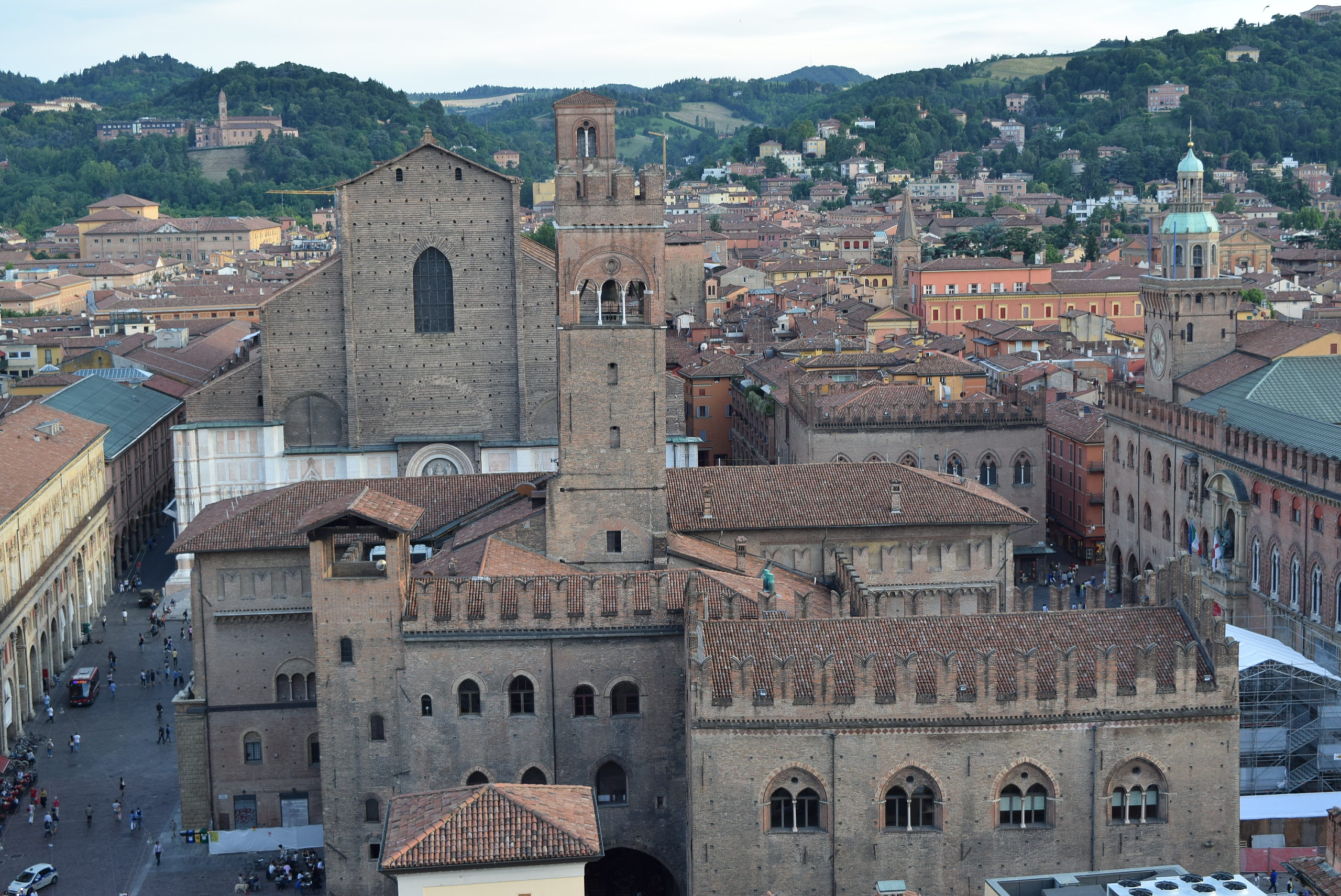
Ph. ste_bo77
Bologna, the capital town of the Emilia-Romagna region, lies in the heart of the Po Valley, close to the first hills of the Tuscan-Emilian Apennines, between the valleys of Reno and Savena rivers.
Important junction of road and railway transportations, Bologna has always been a crossroads of people and cultures, also thanks to its ancient University, the oldest in Europe or even in the world, which has worth it the nickname of Dotta (Learned). Among the other nicknames attributed to the city there are La Grassa (The Fat), thanks to its famous typical cuisine, and La Rossa (The Red), due to the color of which its roofs are built.
The history of Bologna started with the Etruscans in 534 BC when the previous Villanovan settlements took the form of a real city; at the time it was known with the Etruscan name of Velzna (probably “fertile land”), later Latinized as Felsina. The importance of the city grew during the Roman period (from 189 BC) with the name of Bononia and was definitively established during the Middle Ages as free municipality. Northern capital of the Papal State since the 16th Century, the city played a key role during the Risorgimento Movement and during the II World War it was an important center of the Resistenza Movement.
From an architectural point of view, Bologna is known for two characteristic elements:
the numerous towers – over 100 in the Middle Ages, today only 22 have survived; the two most famous, Torre degli Asinelli and Torre della Garisenda, rise at the end of Via Rizzoli and are one of the symbols of the city.
the long porticoes – over 38 km in the historical center and 53 km considering also those outside the city walls, they are currently nominated as UNESCO World Heritage Site.
Its medieval historic center encloses alleys and squares of rare beauty. Piazza Maggiore, overlooked by Palazzo d’Accursio, Town Hall and home to the Municipal Art Collection, and the San Petronio Basilica, which, despite being the most impressive church of the city, is not the official Cathedral.
Piazza Santo Stefano, with the homonymous Complex of the Seven Churches, the meditative Piazza San Domenico, with the Glossators Tombs, and the lively Piazza San Francesco.
To go shopping, the traditional shopping streets are Via Ugo Bassi / Via Rizzoli, Via Indipendenza, Portico del Pavaglione and Via Farini.
For a cocktail before or after dinner, in the historic center you can choose between the historic Via Zamboni, mainly frequented by University students, Via del Pratello, the most underground area of the city, Via Belvedere and the streets of the Quadrilatero, full of bars where you can taste typical dishes & products with a good glass of wine.
For the dinner in the many restaurants of the area you are spoilt for choice, but you can’t leave Bologna without having tasted a dish of tortellini in broth, tagliatelle with ragù sauce and lasagne.
Don’t worry about the calories, to work off you can take a walk up to San Luca Basilica, under the portico that leads from Piazza Maggiore to the Guardia Hill.
MUSEUMS
A city with a deep cultural soul like Bologna can boast a very high number of art galleries and museums, dedicated to the most different themes and eras. Below we report you 5 sites not to be missed:
- the MAMbo, Museum of Modern Art in Bologna, home to important temporary exhibitions and a permanent collection that traces the history of Italian art from the 2nd postwar period until today;
- the Morandi Museum, the largest and most important public collection dedicated to the painter Giorgio Morandi;
- the Museum of the History of Bologna at Palazzo Pepoli, which reconstructs the history, culture and transformations of the city from its foundation to the present day;
- the Palazzo dell’Archiginnasio, until 1803 seat of the Alma Mater, today it houses the Archiginnasio Library and the impressive Anatomical Theater where the University’s anatomy lessons were held in the past;
- the International Museum and Library of Music which, together with the Tagliavini Collection, illustrates the importance of this art for the city, recognized since 2006 as UNESCO City of Music.
BEYOND THE CITY
Remaining near the center, a Vespa ride on the first hills of Bologna is already a classic; with the car or, even better, with the motorbike you can push yourself a little further out towards the Samoggia Valley, to visit the villages of Bazzano and Savigno or the ancient Abbey of Monteveglio.
If you have more days, you can also take a trip to the painted village of Dozza or get towards the Apennines to visit the picturesque Rocchetta Mattei in Grizzana Morandi.
HOW TO GET TO BOLOGNA
BY PLANE
The G. Marconi International Airport of Bologna, one of the major airports in Italy, is connected to the station and the city center with Aerobus shuttle (15 min).
BY CAR
Bologna is crossroads of the major motorways linking Europe and North of Italy with the Center and South of Italy: the A1 (Autostrada del Sole) Milan – Naples; the A13 to Ferrara, Padua, Venice & Trieste and the A14 towards the Adriatic coast (Rimini, Ravenna, Ancona, Bari).
BY TRAIN
Bologna is the main Italian railway junction; with the high-speed trains it is connected to Florence (37 min) Milan (65 min) Rome (2 hours and 22 min), while Venice can be reached in less than an hour and a half.
More info on: www.bolognawelcome.com
Author
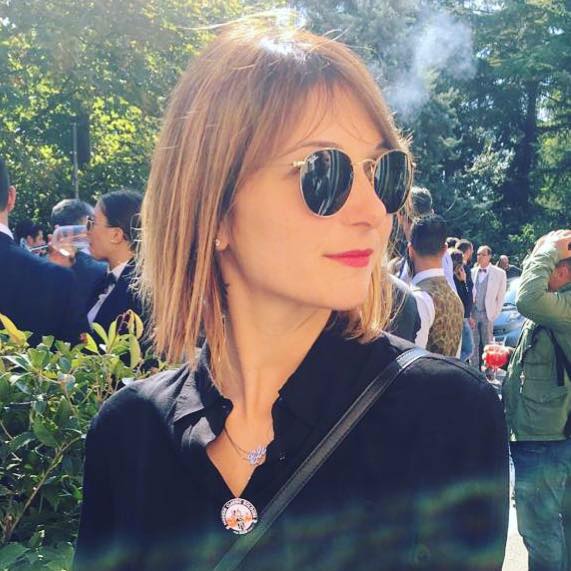
Elisa Mazzini
Social Media Manager for @inEmiliaRomagna and full-time mom.
You may also like
Curious Museums #inEmiliaRomagna | Bologna and surroundings
by Lo Staff /// December 17, 2017

Interested in our newsletter?
Every first of the month, an email (in Italian) with selected contents and upcoming events.
by Lo Staff ///
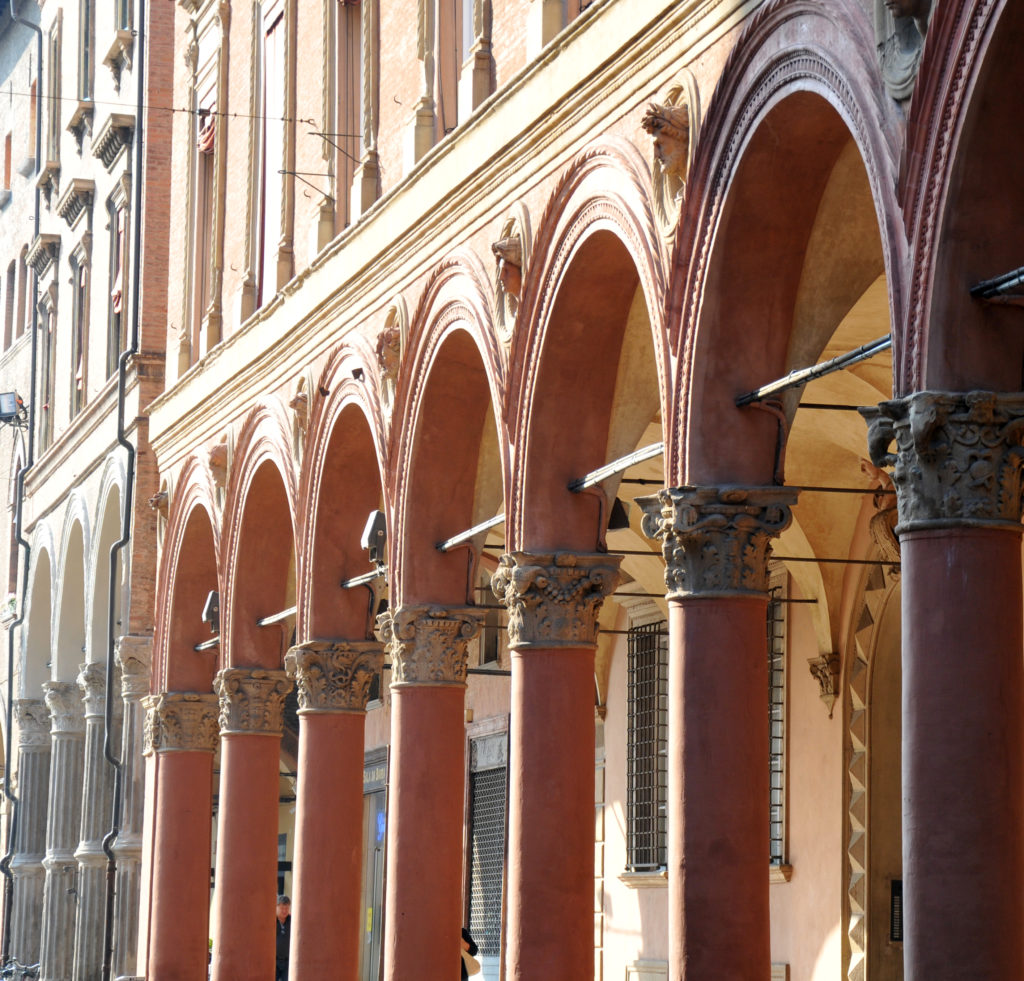
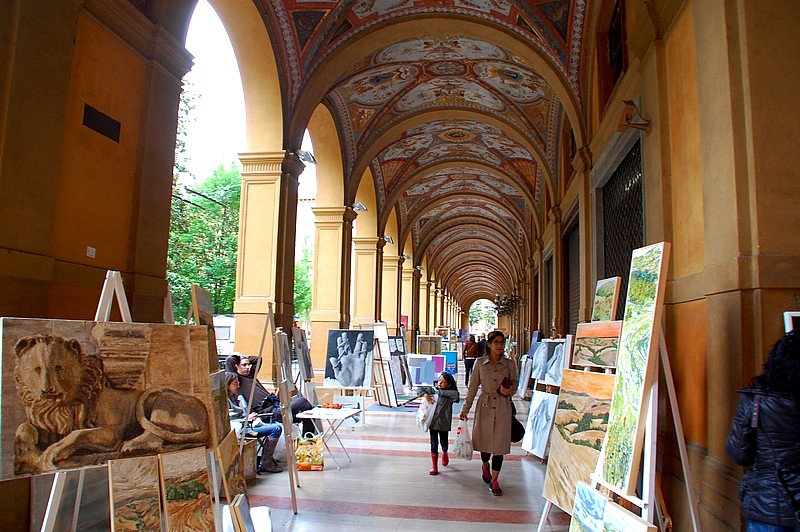
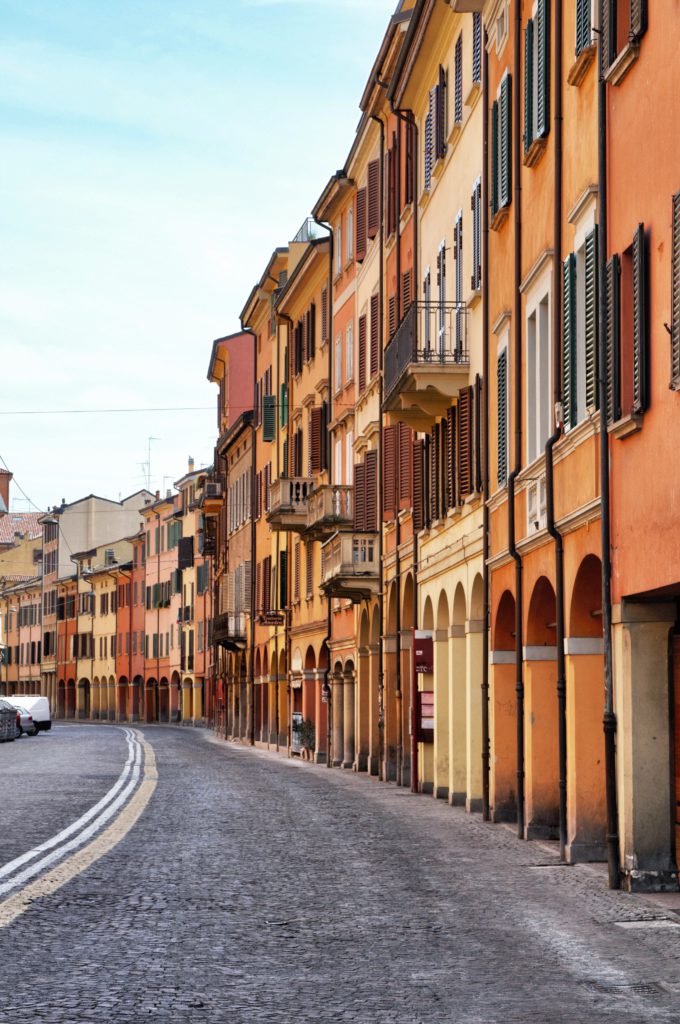
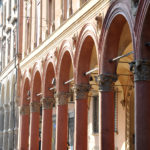
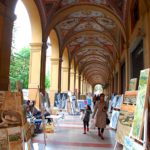
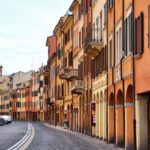
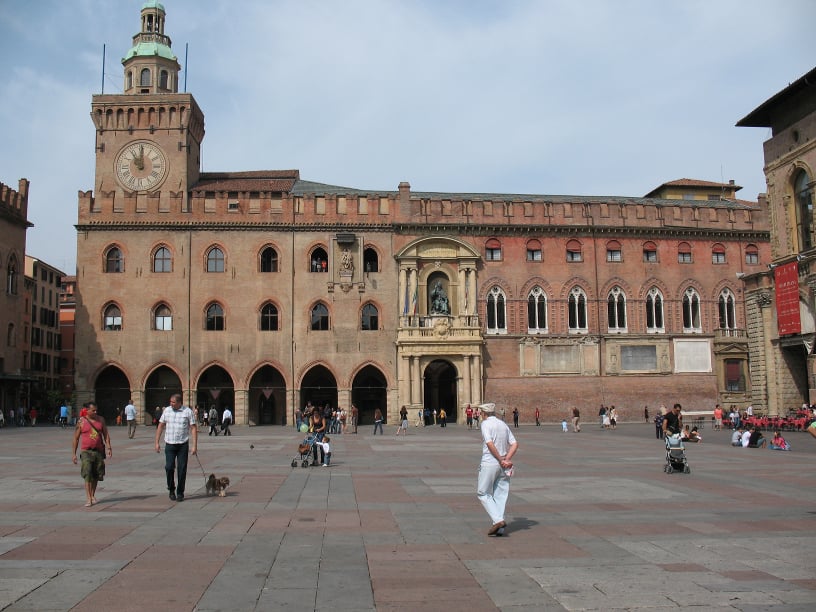
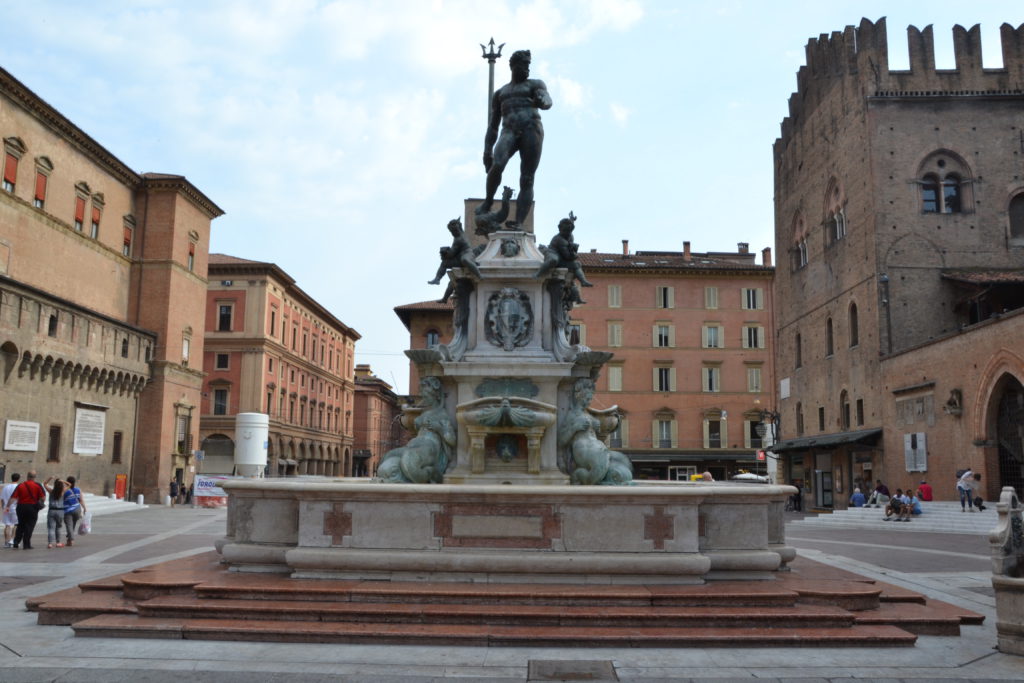
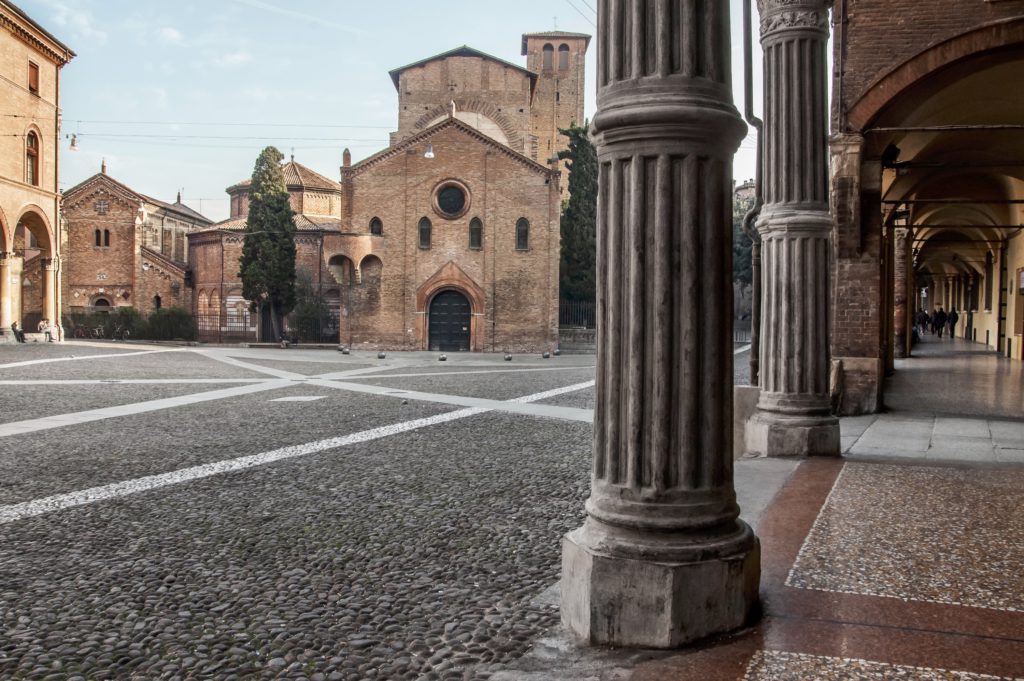
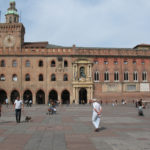
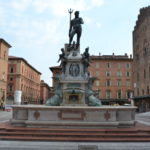
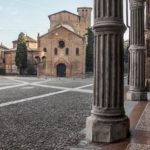
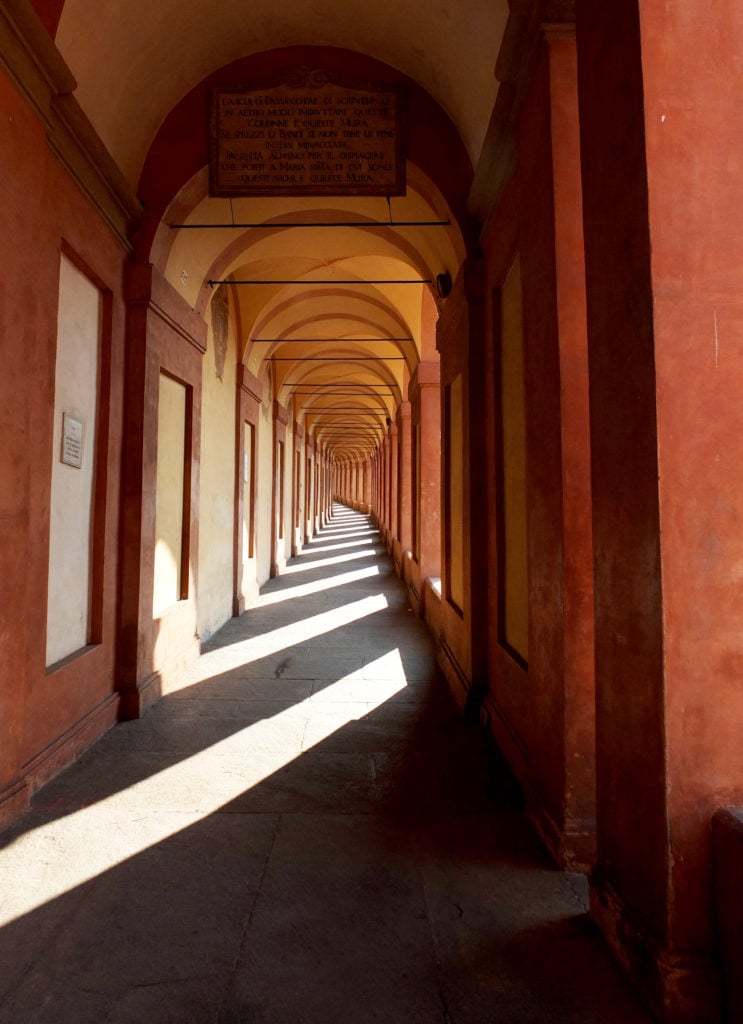
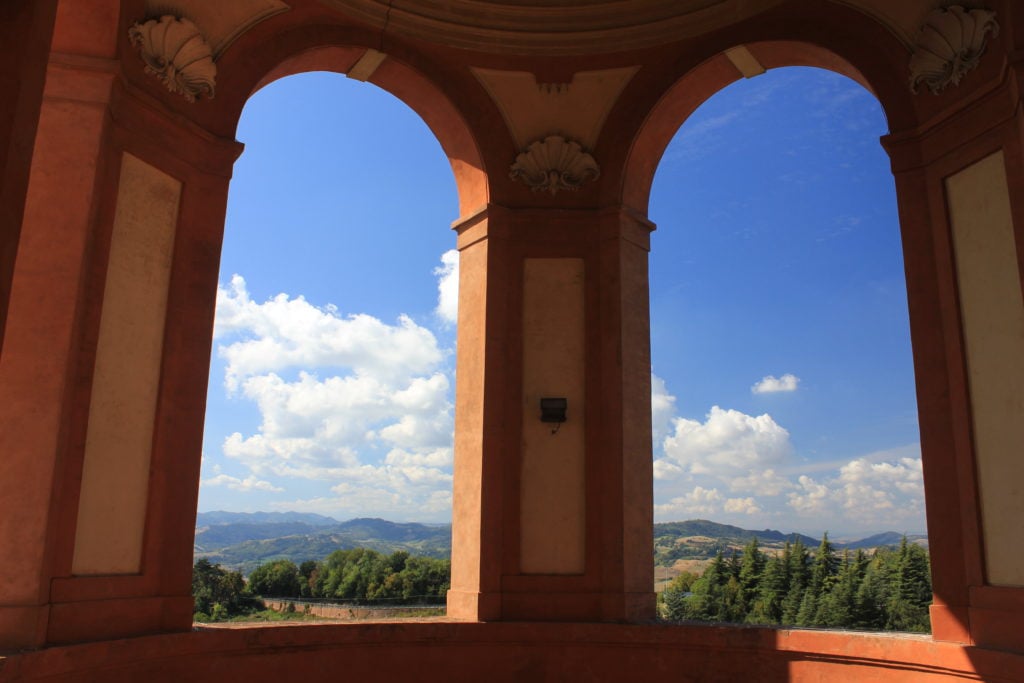
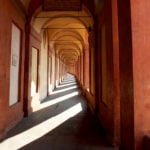
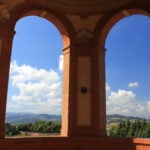
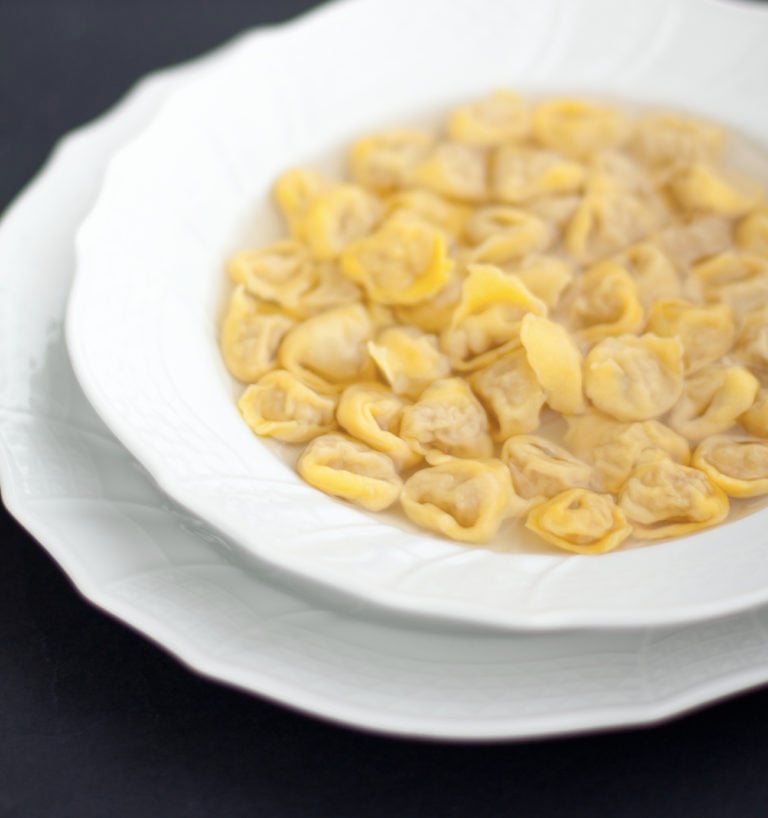
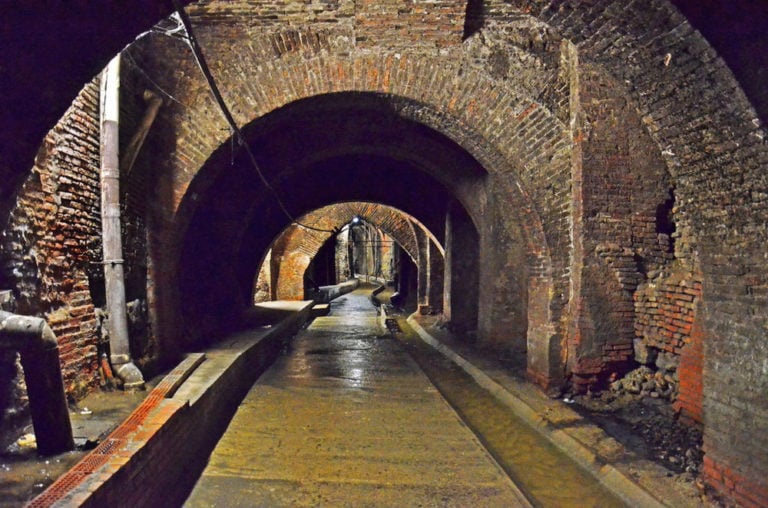
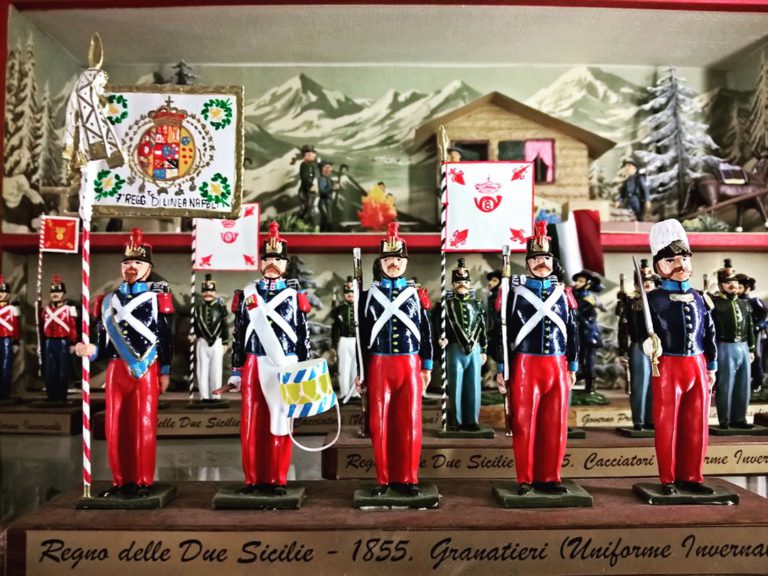
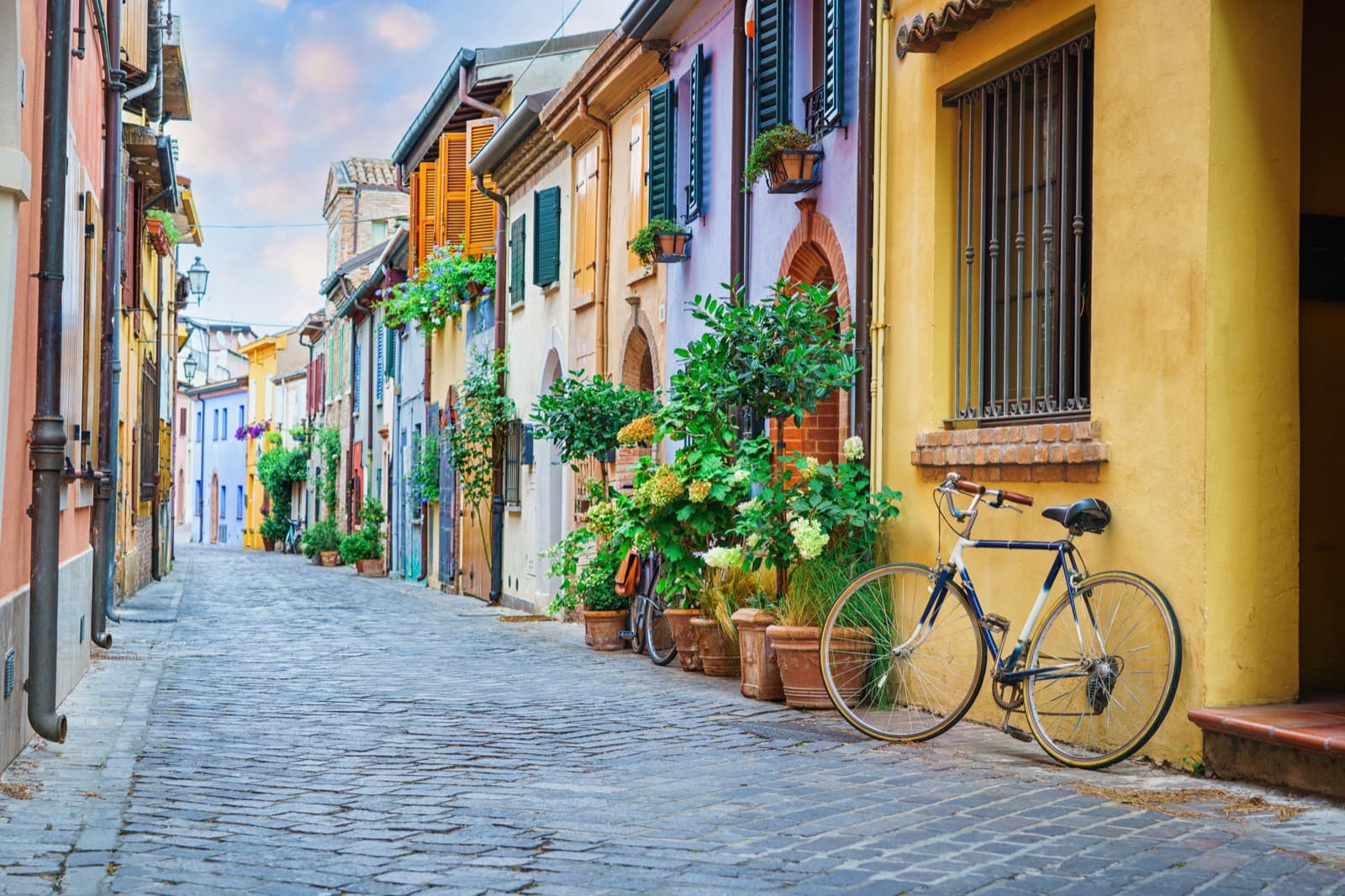

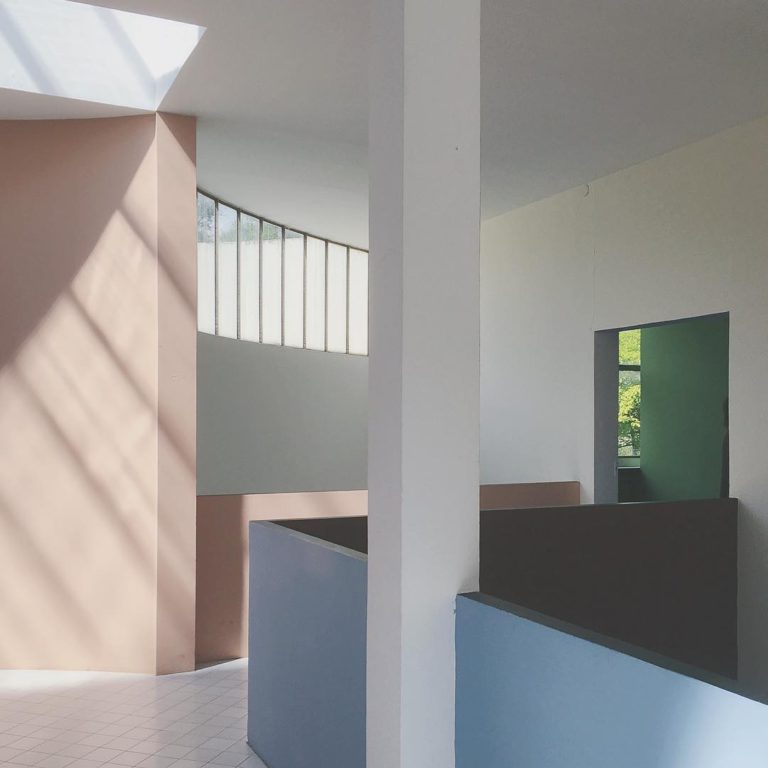
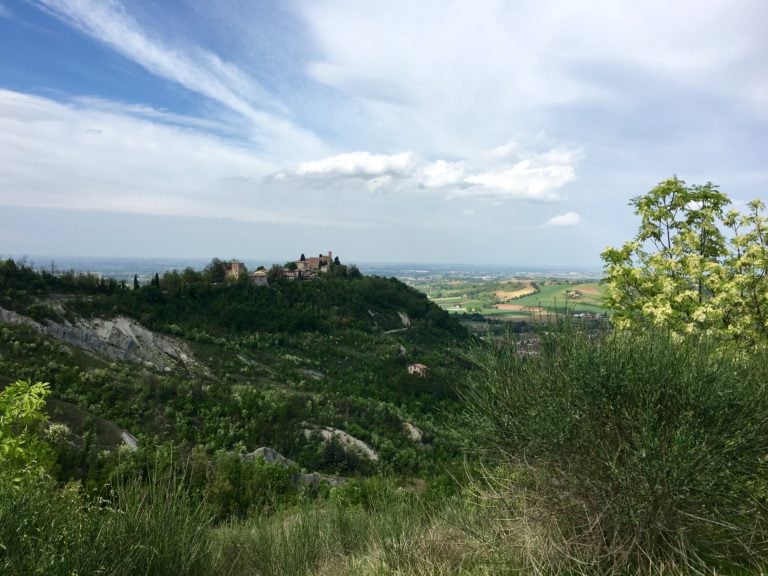
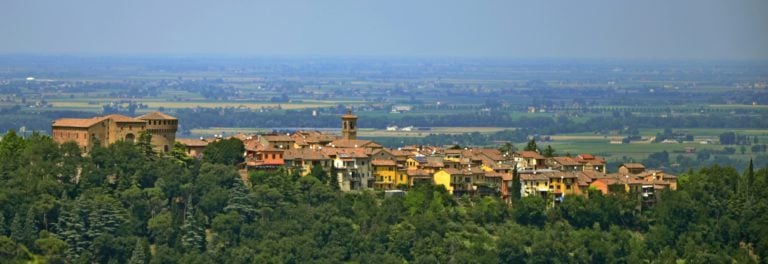
![[MyEmiliaRomagna] Rocchetta Mattei in black/white](https://www.travelemiliaromagna.it/wp-content/uploads/2021/06/31-RocchettaMattei-ph.-antoniobiagiotti-768x573.jpg)